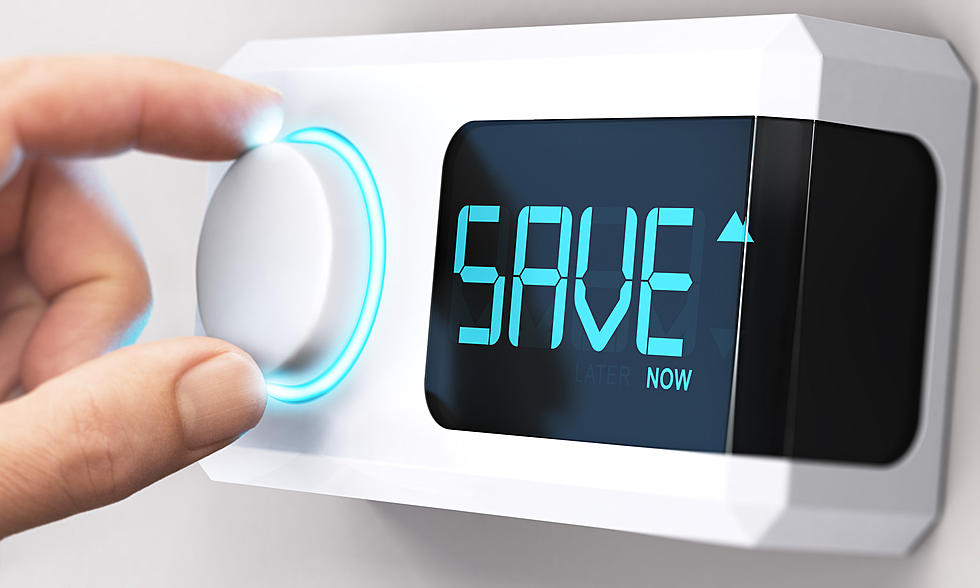
What’s The Best Thermostat Temperature For A Duluth Winter?
There's a familiar argument that occurs in many Northland homes each winter: What temperature does the thermometer get set at. It only stands to reason - when you take two (or more) people and put them together in the confines of four walls, chances are that their comfort levels won't match. In other words - the temperature that one person finds comfortable will differ from the next person.
And while the potential for this problem theoretically exists all year long, something about the cold weather of winter magnifies its existence. Summertime temperatures seem to offer a little more flexibility in their ability to please most people; somehow spending seemingly months on end cooped up inside of a home, you spend more time concentrating on things like what temperature the thermostat is set at.
Here's another wrinkle in the conversation: What might seem comfortable to you in - say - July, will feel totally different in January.
Also - you need to factor in the economics of your decision. While you might want to set the thermostat at one temperature, chances are that the monthly heating bill drives a lot of your decision making - driving that temperature down a notch or two.
So what temperature do you set your thermostat at for your home during the winter months - especially in an area like Duluth and Superior? There does seem to be some consensus - albeit one with a (very) large asterisk.
A quick survey of the people I encounter on a daily basis (i.e. my co-workers) lends credence to the fact that 68 seems to be a popular temperature for indoor thermostats in winter in the Northland. While some energy-saving sources suggest a temperature as low as 64 or 65 degrees, 68 seems to strike that comfortable middle-ground between it being warm enough to prevent the chills and not being warm enough that you need to take a layer off.
There seems to also be a consensus among my survey crowd with the act of turning down a thermostat at night or when you're away - and raising it only when you plan to be in the home. This only makes sense: why heat someplace that isn't being occupied? Economics also drives this decision. The Energy Hub website offers that for "each degree you set the thermostat back, there is the potential to see a 3% correlation on your home heating bill.
While 68 seems to be the common heating setpoint for those hours that your home is occupied, many I surveyed suggested that they set the thermostat back to 64, 62, or even 60 at night and when away.
At the end of the day, I'll offer this: It seems like no matter what temperature you set the thermostat at inside the home, it's "feels like" effect is directly connected to what the temperature outside is. If that seems unlikely, think of it this way - 68 degrees in the home feels a whole lot warmer when the temperature outside is - say - 20 above or more. But how many of you have reached to inch that thermostat up as the outside temp dips below zero?


